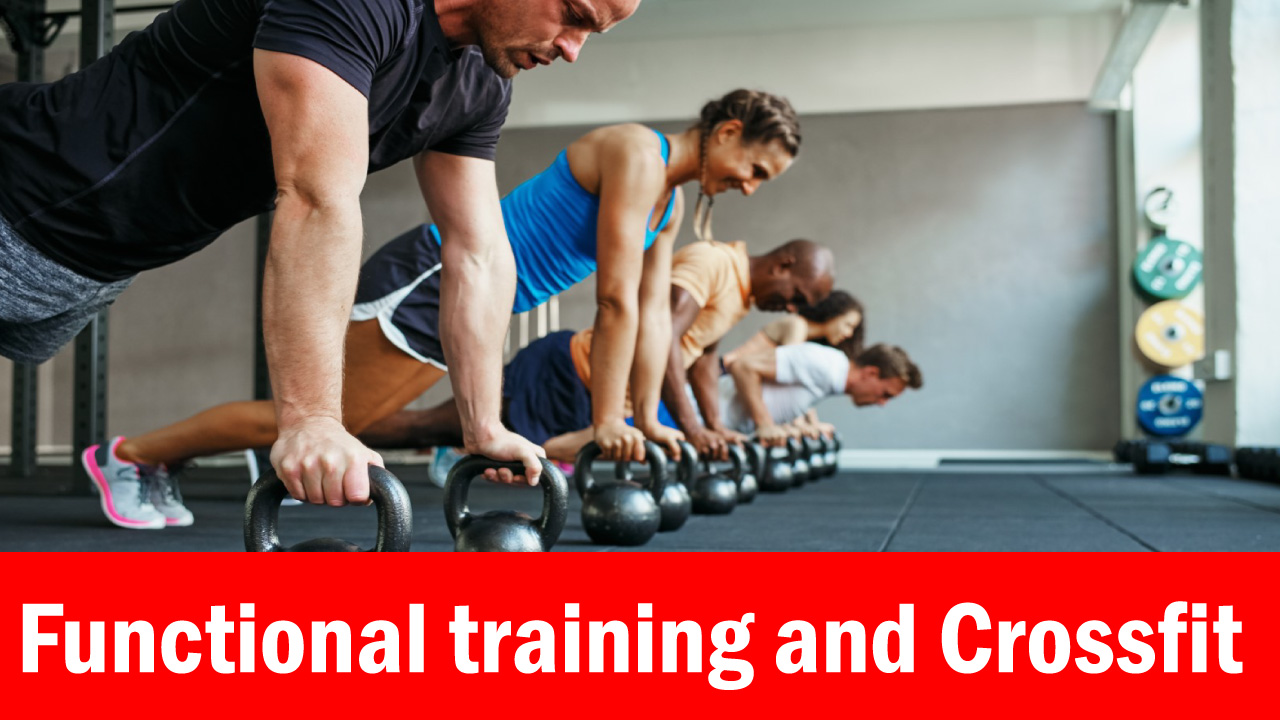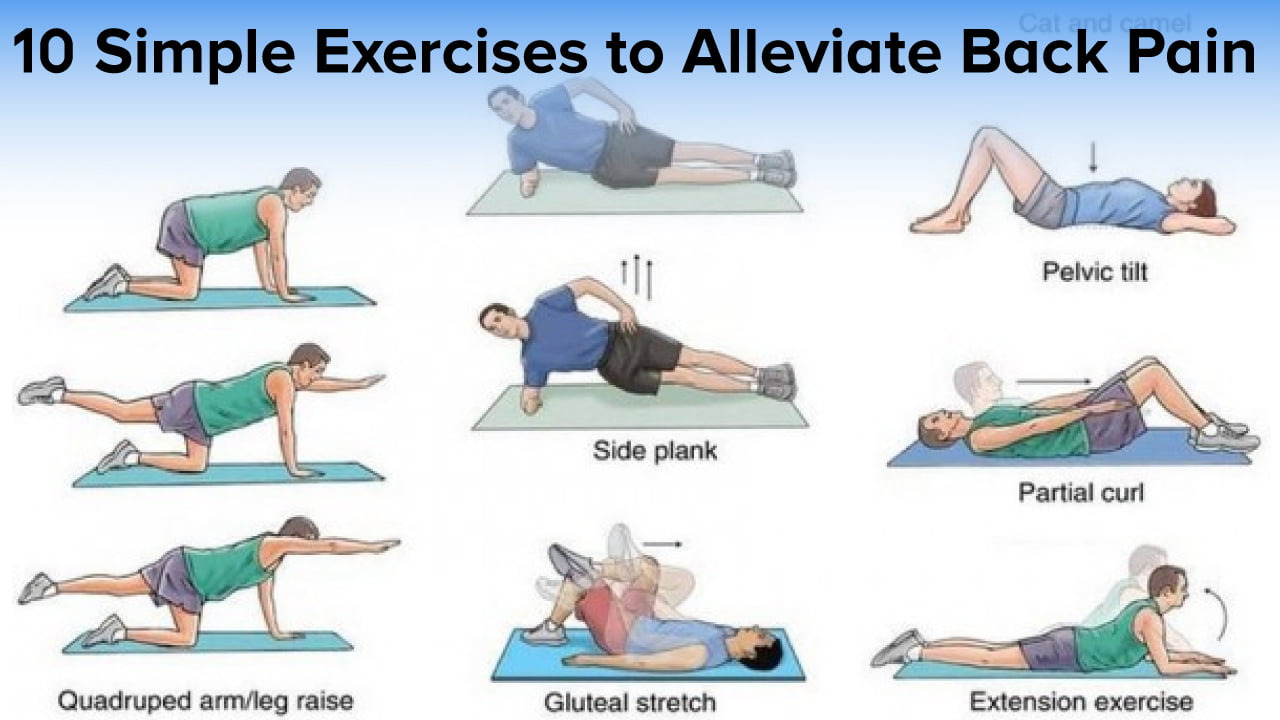Functional training and Crossfit

Functional Training and CrossFit: A Holistic Approach to Fitness
Introduction
Many people place a high importance on being healthy and fit in today’s fast-paced society. CrossFit and functional training have become extremely popular as efficient fitness routines that not only increase physical strength but also boost overall wellbeing. The concepts, advantages, and ways that functional training and CrossFit differ from conventional workout regimens are all explored in this article.
Functional Training: An Overview (H1)
The goal of functional training is to increase your body’s capacity for effective performance of daily activities. It centers on movements that resemble everyday tasks. Functional training’s essential components include:
1. Practical Motions (H2)
The foundation of this training approach is functional movements. These workouts work several muscular groups at once, improving strength and coordination. Squats, lunges, and kettlebell swings are a few examples.
Core Stability (H2)
Stability and balance depend on a solid core. Core exercises are given top priority in functional training to enhance posture and prevent accidents.
3. Common Advantages (H2)
Making daily tasks easier is the main aim of functional training. It improves your ease of lifting, bending, and reaching.
The CrossFit Philosophy (H1)
A high-intensity exercise regimen called CrossFit includes components of functional training, weightlifting, and cardio exercises. It is renowned for its competitiveness and emphasis on reaching the pinnacle of physical fitness. A closer look into CrossFit is given below:
1. Diverse Exercises (H2)
CrossFit workouts are continuously changing, preventing your body from becoming accustomed to a regimen. This keeps you motivated and avoids plateaus.
2. Strength (H2)
Workouts at CrossFit are brief yet hard. They test your limits and aid in the development of your physical and mental toughness.
3. Neighborhood (H2)
CrossFit is a community as well as a form of exercise. There is a great sense of camaraderie among members who frequently encourage and support one another.
Their Differences (H1)
While functional training and CrossFit have some things in common, they also differ significantly in several important ways:
Computer programming (H2)
Functional training frequently emphasizes tailored programming to target particular fitness objectives. Contrarily, CrossFit adheres to a daily scheduled workout known as the “WOD” (Workout of the Day).
2. Strength (H2)
CrossFit workouts tend to be shorter and higher in intensity. Functional training is more approachable for beginners since it can be customized for different fitness levels.
3. Hardware (H2)
Specialized tools like kettlebells, barbells, and pull-up rigs are frequently used in CrossFit workouts. Bodyweight movements and little to no equipment are used in functional training.
CrossFit and Functional Training Benefits (H1)
Both of these fitness methods have the following advantages:
Enhanced General Fitness (H2)
CrossFit and functional training both enhance cardiovascular fitness as well as strength, flexibility, and overall fitness.
2. Time Management (H2)
CrossFit and functional training fit into hectic schedules with their brief, intensive exercises, making it simpler to prioritize fitness.
3. Weight Control (H2)
These programs support a healthy physique by assisting with weight loss and muscular growth.
Conclusion
In conclusion, functional training and CrossFit are dynamic fitness methods that can be tailored to suit a variety of preferences and objectives. Both approaches provide a way to better health and fitness, whether you want to increase daily functionality or compete in challenging activities.



























